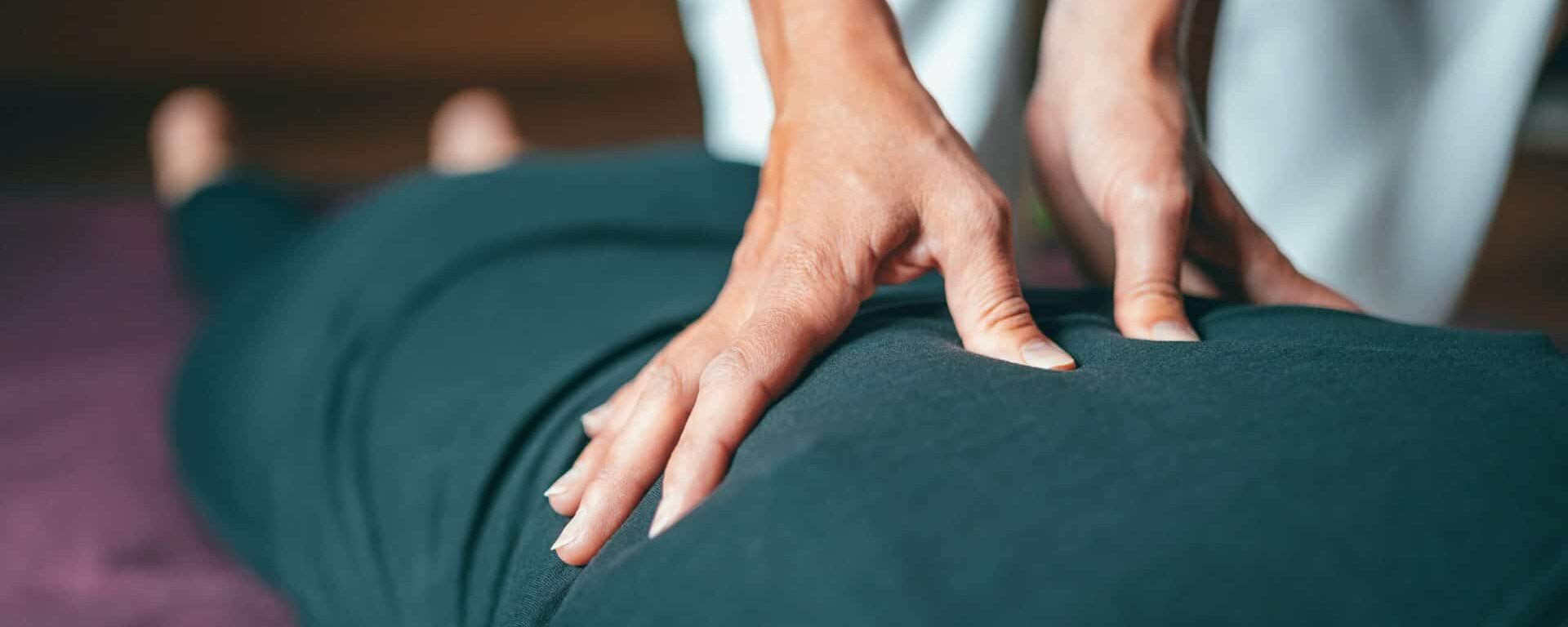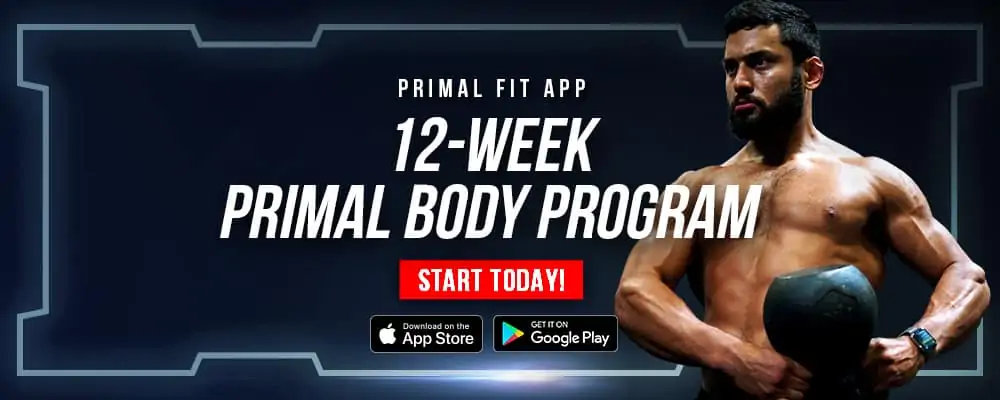
When we think of getting a massage, we typically think of a nice candle-lit spa with essential oils and calming music playing (perhaps on a vacation) … but there’s a whole lot more to massage than that.

Beyond a soothing relaxation technique, getting regular massages can actually make a big difference in your training, both in performance and recovery. After all, the practice of massage is ultimately about treating your muscles and soft tissues so that you feel your best (which can only translate to a more effective session at the gym).
Specifically, massage that is specifically designed for athletes is going to be especially helpful here. For instance, just one massage option is self myofascial release, which is a great massage technique that pinpoints your most problem areas and helps relieve pain so that you can adequately recover and pain doesn’t get in the way of your next training session.
Let’s dive deeper into the benefits of massage for training, and how you can integrate it into your regime!
Massage And Self Myofascial Release
If you’re an athlete or are regularly hitting the gym, your body is probably going to experience some aches and pains along the way. Regular massages can help.
Massage works by using pressure to alleviate pain in your muscles, ligaments, and other soft tissues. There are several different kinds of massage therapies that come with varying degrees of pressure and intensity depending on the level of pain you experience.
Myofascial release is an especially good form of massage therapy for athletes. Along with relieving the pain and soreness in your overworked muscles, myofascial release also targets your fascia, a multi-layered connective tissue that spans your entire body. If your fascia becomes damaged due to exercise, it can shrink and become less pliable, which might be part of the reason that you’re feeling so tight and don’t have the same range of motion. [*]
Myofascial release includes long stretches to your soft tissue that can help to relieve soreness, tightness, and a limited range of motion [*]. Professionals like massage therapists, chiropractors, and physical therapists can apply pressure to those “knots” and problem areas that can cause you to feel pain post-workout. The pressure might initially hurt (they’re targeting your tenderest spots!) but the release that comes after can leave you feeling much looser and increase your range of motion afterward.
There is also self myofascial release (SMR), and just like the name suggests, is a version of massage therapy that doesn’t need the assistance of an expert. Rather, you would rely on a tool like a foam roller or massage stick to get the same benefits for your muscles and fascia to bring some much-needed post-workout relief.
The Benefits Of Massage and Self Myofascial Release
- Increased performance: Having tight tendons and sore muscles can spell disaster when it comes to your range of motion and strength abilities, so regular massage to relieve that pain will work wonders in improving your athletic performance. Several studies have found that athletes who used foam rollers for SMR were able to decrease their muscle soreness after intense exercises – and in turn, there was evidence to suggest that the decrease in muscle soreness led to psychological improvements that improved athletic performance. [*]
- Prevents further injury: You need to have a good range of motion in order to do many exercises, and having muscles that are too tight or damaged fascia that doesn’t allow you to stretch to its full capacity can increase your risk of experiencing muscle fatigue and injury. Incorporating some massage or SMR frequently will allow your muscles to have a higher range of motion.
- Convenient: With self myofascial release specifically, you don’t have to pay a professional or recruit a partner to give yourself some pain relief. You can simply invest in a tool meant for the job and incorporate it into a part of your daily routine.
- Self-care: A massage is simply one of the nicest things you can do for yourself after a hard day’s work of working out. Now, with myofascial release, you’ll probably experience a lot of initial pain and soreness, since it’s not exactly a gentle form of massage therapy, but you’ll be feeling worlds better afterward.
How To Incorporate SMR Into Your Routine
There are several kinds of tools that you can use for self myofascial release. You’re looking for something that can specifically target the problem spots, so some popular options include:
- Foam rollers
- Massage guns
- Muscle scrapers
- Massage sticks
There are plenty of other specialty tools out there that you can use to target your biggest problem areas.
To do a self myofascial release massage, you want to apply a lot of pressure to the problem areas – aka the tightest and most sore parts that are causing you grief. It’s going to be a pretty painful experience at first, so you can use a supplement like magnesium which can help you relax and reduce your pain sensitivity during your SMR session.
So getting to the actual massage: apply your tool of choice to that area and hold it for a good while – the National Academy of Sports Medicine suggests holding it anywhere from 30-60 seconds – then release.
You should be doing your SMR sessions fairly often to get consistent results, especially on the days that you do a workout and then the following days after. I personally love decompressing before bed with Onnit’s New Mood, which includes magnesium for relaxation and pain reduction, then doing my SMR using a foam roller, massage gun, or lacrosse ball.
(P.S.: Use CODE: PRIMAL at checkout for 10% OFF New Mood!)
The Bottom Line
You need to take care of your body, and that doesn’t just mean hitting the gym. Consistent hardcore workouts, while great for making gains, are also really hard on your body, so incorporating recovery techniques like massage and self myofascial release are great ways to make sure that you’re always at one hundred percent no matter how hard you train.
Key Takeaways
- Training can be really hard on your muscles and fascia tissue, which is why massage therapy is important for recovery.
- Self myofascial release is a convenient massage technique that allows you to target your sorest and most affected areas using a tool like a massage gun or a foam roller.
- You should do SMR fairly regularly if you want to get the best results.
- SMR can be painful, so it can help to take a supplement like Onnit’s New Mood which contains magnesium to help you relax during your session.
